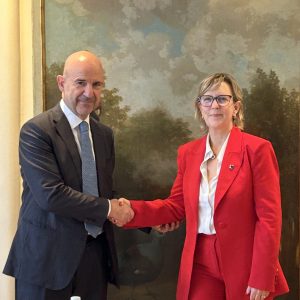News
Share on
"Attention to social sustainability, diversity, and inclusion are factors that can and should increase the presence of women in employment. The numbers prove it: if we increase the female employment rate, which in 2021 was 49.4%, to the levels of the male rate (67.1%), GDP could rise by about 12.4%, according to McKinsey Global data." Thus Katia Da Ros, Vice President of Confindustria with responsibility for the Environment, Sustainability and Culture in an interview with Sole24Ore.
According to Da Ros, there is still a long way to go in this direction, despite the fact that Cerved 2022 data show that including women in the workforce increases economic well-being. "Besides generating greater wealth, it creates a fairer and more equitable society. These are values that are becoming more widespread and shared. Attention to inclusion and sustainability are also success factors for a company. But there are many elements in which we still lag behind,' said the Vice President, identifying training as one of the main problems. 'Still too often women do not feel suitable for a technical-scientific education. It is a cultural heritage that has deep roots. I would also add another negative fact: one in four girls between the ages of 15 and 29 is neither working nor studying. And the scenario gets worse if we consider that we have 1.2 children for every woman, since the issue of female employment is compounded by the issue of demography,' he noted.
For Da Ros, we are also behind on female entrepreneurship, despite the fact that Italy is a manufacturing country: 'only 22.18% of companies are female, against an EU average of 32,' he said, adding that 'the green and digital transition is an important opportunity: between now and 2026, companies and the public administration will need 4 million workers with ESG skills. It can be a great driver of female inclusion'.
In conclusion, according to the Vice President, we need to put in place policies that promote employment and reverse the negative trend on the birth rate, from kindergartens to economic support, with a mix of measures that can incentivise alternative models of care, because it is on women that the care of children and adults falls. In this sense, "smartworking and greater work flexibility are also important," - explained Da Ros.



















